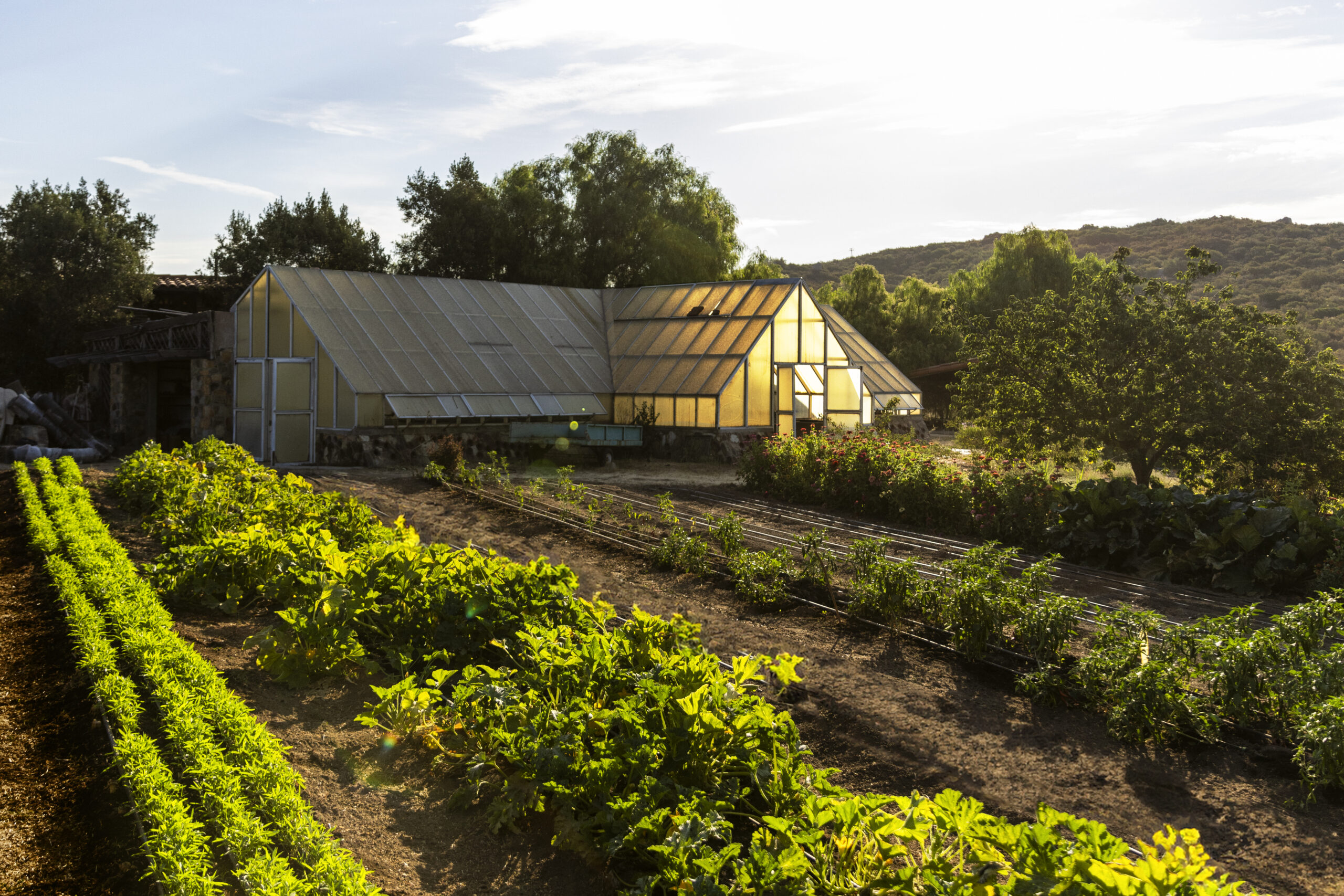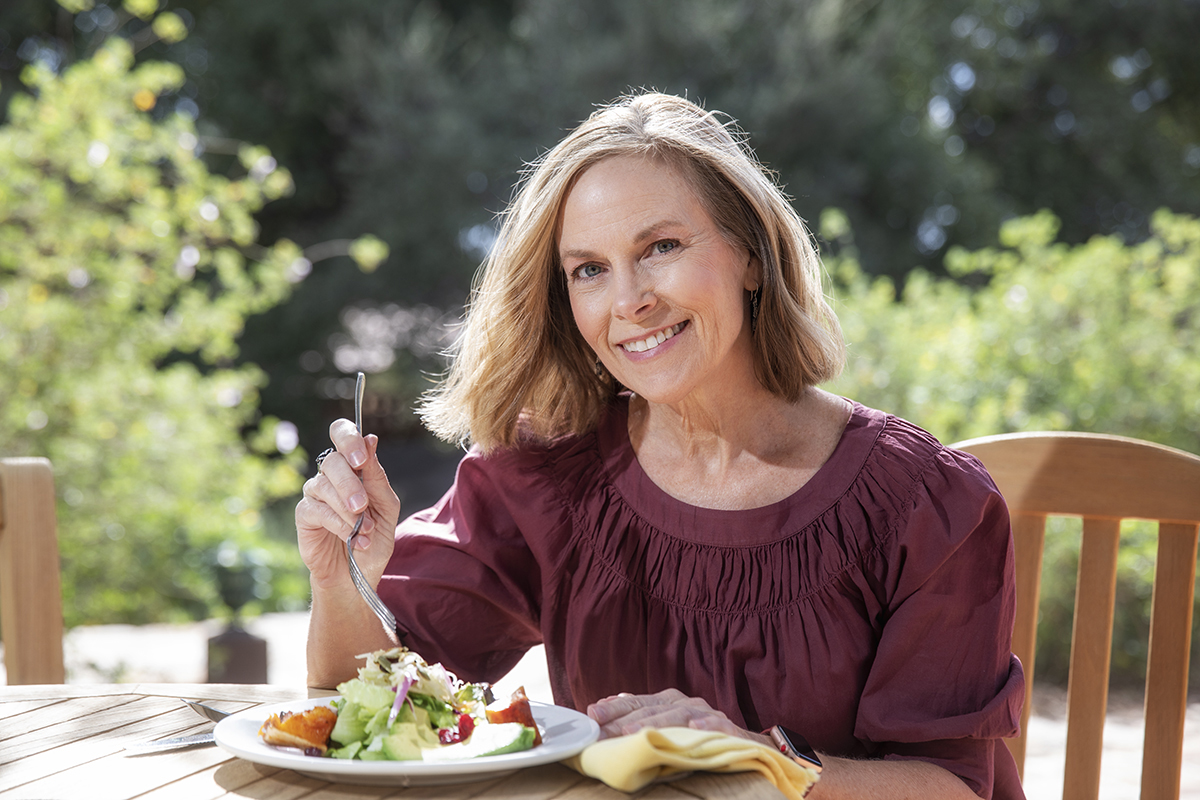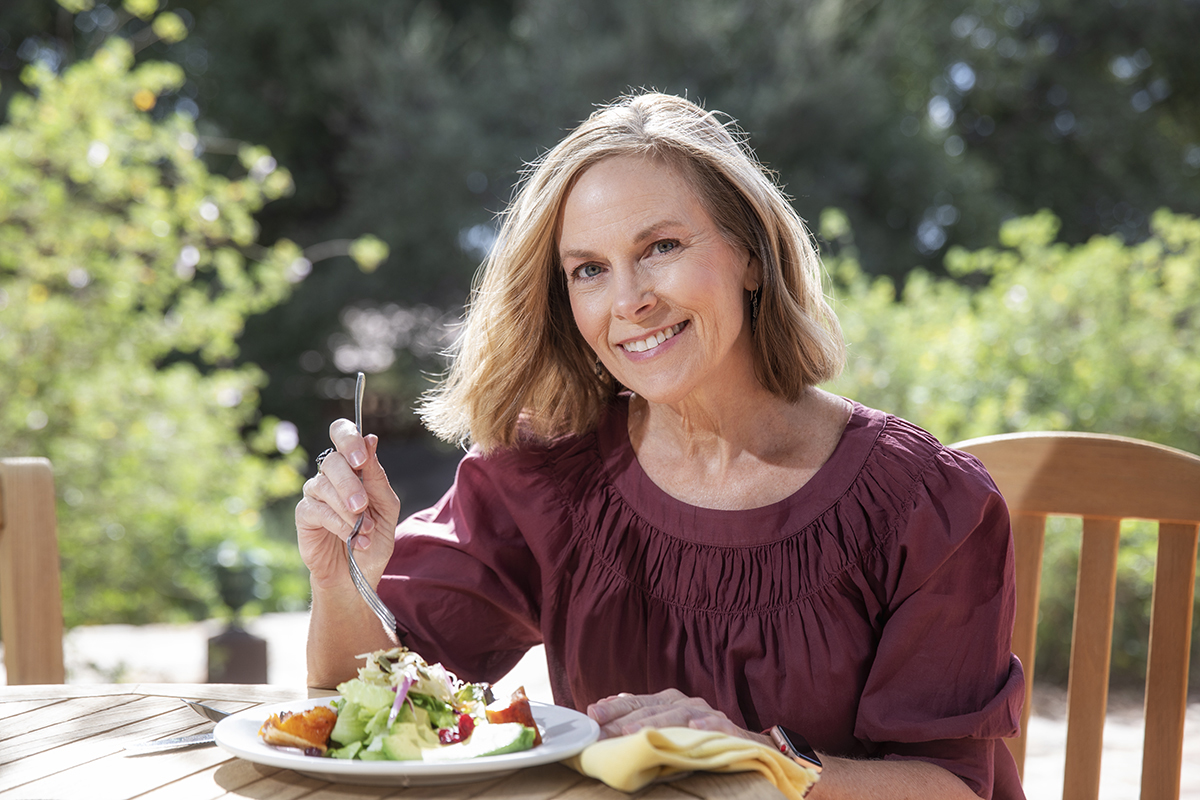Fall-ing for Vitamin A

Fall is the perfect time to talk about the essential nutrient Vitamin A. This vitamin is attractive not only because its color in fruits and vegetables. Vitamin A also supports vision and immune function and promotes overall growth and development in our cells. Many of our favorite fall foods are excellent sources of Vitamin A, making it easy to get both forms of this nutrient.
Understanding Vitamin A
Vitamin A is a fat-soluble vitamin found in two primary forms: preformed vitamin A (retinol) and provitamin A carotenoids. Preformed vitamin A is found in animal products, while provitamin A carotenoids are present in colorful fruits and vegetables, such as carrots, sweet potatoes, spinach, and kale. Our bodies convert these provitamin A compounds (like beta-carotene) into retinol, allowing for regulation of the amount of active vitamin A circulating in the body.
As retinol is the active form of vitamin A, it is generally safer to obtain most of our vitamin A from the provitamin A compounds in plants. This process is nature’s way of regulating the amount of vitamin A in the body at any given time. Too much preformed or active vitamin A can increase the risk of nausea, headaches, dizziness, and muscle aches. Conversely, excessive beta-carotene from supplements can elevate the risk of lung cancer in smokers, former smokers, and those exposed to asbestos. As with most nutrients, obtaining vitamin A from food is your best option.
Health Benefits of Vitamin A
Vitamin A is crucial for maintaining healthy vision, especially in low-light conditions. It helps form the light-sensitive pigments in the retina, contributing to improved night vision and overall visual function. The carotenoids, lutein, and zeaxanthin also protect the macula from UV light damage, providing a form of sunscreen for this delicate structure.
Vitamin A plays a pivotal role in supporting the immune system by enhancing the functioning of various immune cells, aiding in the body’s defense against infections, and promoting overall immune health. Vitamin A is vital to the health of epithelial cells, which form the protective lining in our arteries, various organs, and body cavities. It also supports the integrity of mucous membranes, aiding the body’s defense against external pathogens.
In children, vitamin A is essential for proper growth and development. It supports cell differentiation and growth, particularly in tissues such as skin and the respiratory, gastrointestinal, and urinary tract epithelial lining.
Fats and Vitamin A
Many antioxidants need fats to be absorbed in the gastrointestinal tract. Vitamin A is no exception. Studies have paired high beta-carotene tomatoes with avocado, resulting in twice the absorption of beta-carotene as a meal without avocado. Likewise, when carrots are eaten with avocado at a meal, the beta-carotene absorption can be increased six-fold. Adding a healthy oil like olive or avocado to vegetables increases provitamin A absorption, sprinkling nuts or seeds on salads, and eating your avocados!
This month, our chefs are sharing their recipe for Fideo Soup, made with butternut squash, tomatoes, and olive oil. This combination maximizes Vitamin A nutrition, and we hope you enjoy it!

Linda Illingworth, RDN, CSSD, is the Registered Dietitian at Lifewellness Institute, a medical practice specializing in wellness, where she provides clinical care and nutritional guidance for patients and corporate clients. An expert in functional nutrition, Linda is known for her practical advice to find the best nutritional path to achieve specific health goals.
As a certified specialist in Sports Nutrition, Linda also has specialized training in food sensitivities, supplementation, wellness, thyroid and cardiovascular nutrition. Linda holds a B.S. in Nutrition from California State University Long Beach and completed her dietetic internship at St. Luke’s Hospital, Wisconsin. Her special interest in nutrition and wellness began in college with her father’s death, the result of cardiovascular disease and thus created a life-long desire to learn. Linda is frequently consulted for her depth and breadth of nutritional knowledge, has developed nutrition curriculum for popular destination health spas, National University, consults for non-profit nutrition programs, and can be found in print and online media.
References
• Tang G. Bioconversion of dietary provitamin A carotenoids to vitamin A in humans. Am J Clin Nutr. 2010;91(5):1468S-1473S. doi:10.3945/ajcn.2010.28674G
• Bioconversion of dietary provitamin A carotenoids to vitamin A in humans – This comprehensive study provides valuable insights into the bioconversion of provitamin A carotenoids to vitamin A and its significance in human nutrition.
• https://ods.od.nih.gov/factsheets/VitaminA-HealthProfessional/#h3


